AI and data security issues
Artificial Intelligence (AI) is revolutionizing industries, but it also introduces critical data security challenges. As AI processes sensitive information, organizations must address potential risks and implement strong measures to protect data. This article examines AI’s impact on data security and practical strategies to safeguard information effectively.
This article will help you better understand AI and data security issues, let's find out with INVIAI now!
Artificial Intelligence (AI) is transforming industries and society, but it also raises critical data security concerns. Modern AI systems are fueled by massive datasets, including sensitive personal and organizational information. If this data is not adequately secured, the accuracy and trustworthiness of AI outcomes can be compromised.
Cybersecurity is considered "a necessary precondition for the safety, resilience, privacy, fairness, efficacy and reliability of AI systems".
— International Security Agencies
This means that protecting data is not just an IT issue – it is fundamental to ensuring AI delivers benefits without causing harm. As AI becomes integrated into essential operations worldwide, organizations must remain vigilant about safeguarding the data that powers these systems.
The Importance of Data Security in AI Development
AI's power comes from data. Machine learning models learn patterns and make decisions based on the data they are trained on. Thus, data security is paramount in the development and deployment of AI systems. If an attacker can tamper with or steal the data, the AI's behavior and outputs may be distorted or untrustworthy.
In essence, protecting data integrity and confidentiality across all phases of the AI lifecycle – from design and training to deployment and maintenance – is essential for reliable AI. Neglecting cybersecurity in any of these phases can undermine the entire AI system's security.
Data Integrity
Ensuring data remains unaltered and authentic throughout the AI pipeline.
Confidentiality
Protecting sensitive information from unauthorized access and disclosure.
Lifecycle Security
Implementing robust security measures across all AI development phases.
Official guidance from international security agencies emphasizes that robust, fundamental cybersecurity measures should apply to all datasets used in designing, developing, operating, and updating AI models. In short, without strong data security, we cannot trust AI systems to be safe or accurate.
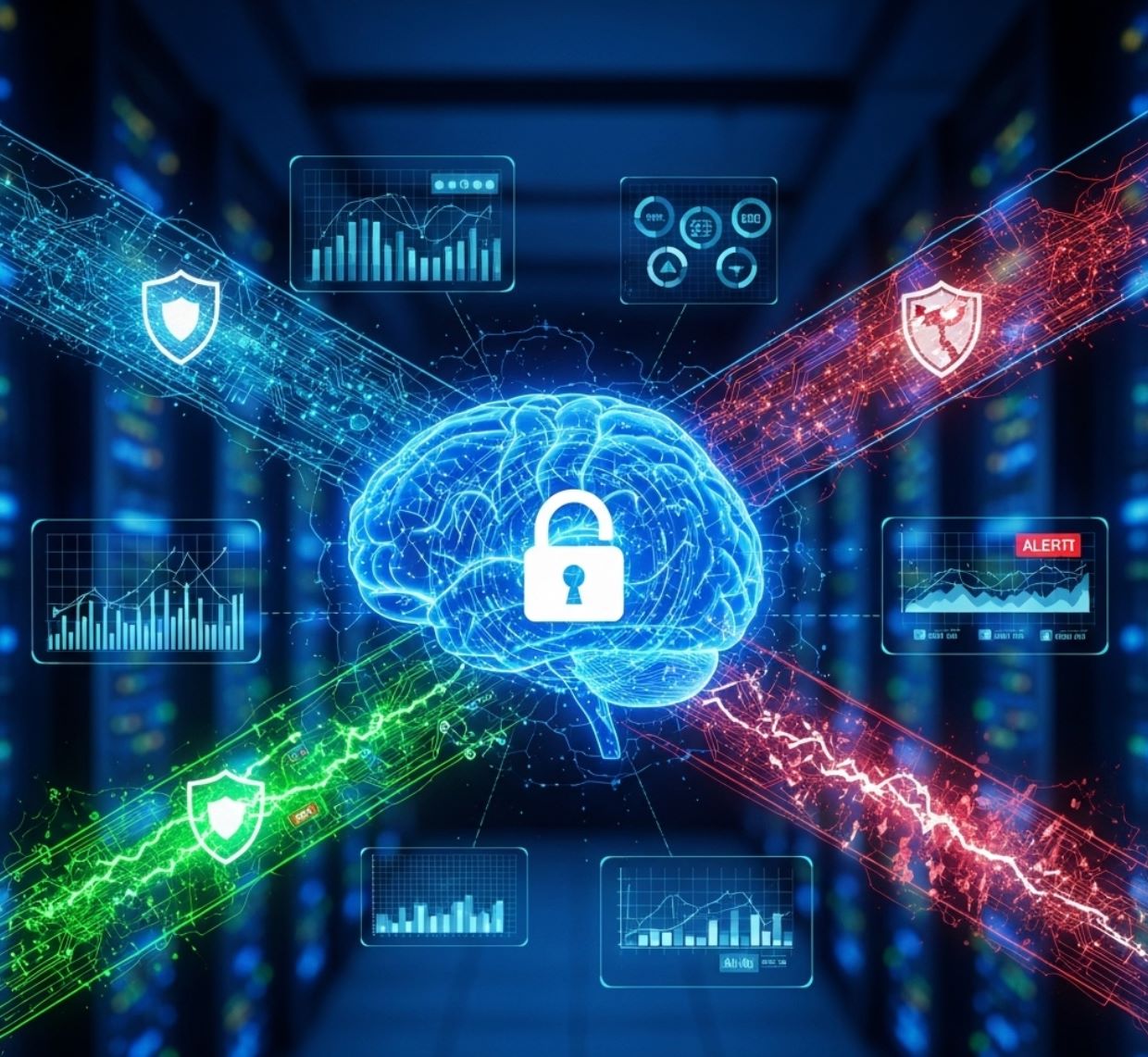
Data Privacy Challenges in the AI Era
One of the biggest issues at the intersection of AI and data security is privacy. AI algorithms often require vast amounts of personal or sensitive data – from online behavior and demographics to biometric identifiers – to function effectively. This raises concerns about how that data is collected, used, and protected.
Controversial Case Study
Regulatory Response
Global Regulatory Landscape
Regulators worldwide are responding by enforcing data protection laws in the context of AI. Frameworks like the European Union's General Data Protection Regulation (GDPR) already impose strict requirements on how personal data can be processed, affecting AI projects globally.
European Union AI Act
There is new AI-specific regulation on the horizon – the EU AI Act (expected to take effect by 2025) will require high-risk AI systems to implement measures ensuring data quality, accuracy, and cybersecurity robustness.
- Mandatory risk assessments for high-risk AI systems
- Data quality and accuracy requirements
- Cybersecurity robustness standards
- Transparency and accountability measures
UNESCO Global AI Ethics
International organizations echo these priorities: UNESCO's global AI ethics recommendation explicitly includes the "Right to Privacy and Data Protection," insisting that privacy be protected throughout the AI system lifecycle and that adequate data protection frameworks be in place.
- Privacy protection throughout AI lifecycle
- Adequate data protection frameworks
- Transparent data handling practices
- Individual consent and control mechanisms
In summary, organizations deploying AI must navigate a complex landscape of privacy concerns and regulations, making sure that individuals' data is handled transparently and securely to maintain public trust.
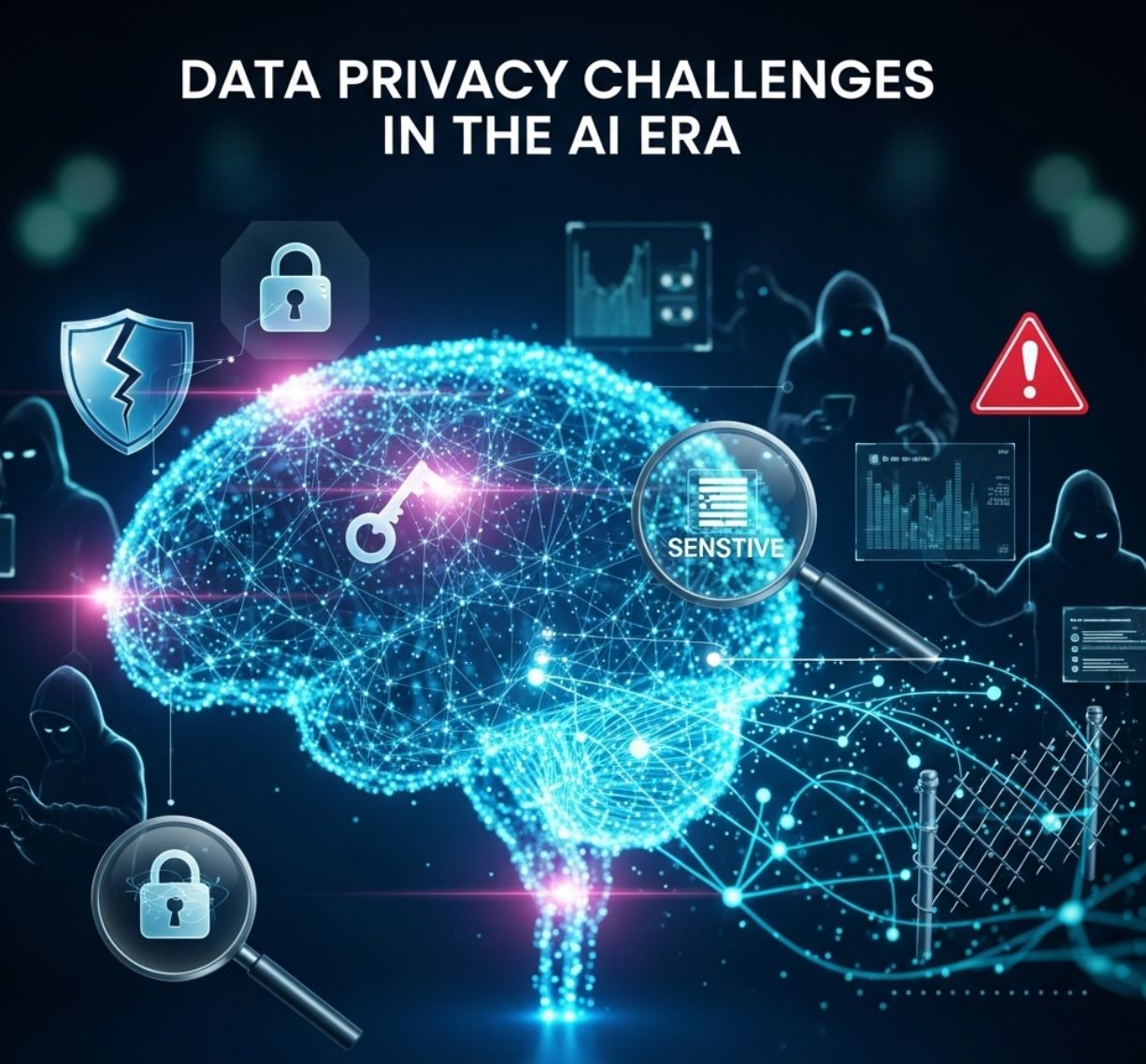
Threats to Data Integrity and AI Systems
Securing AI isn't only about guarding data from theft – it's also about ensuring the integrity of data and models against sophisticated attacks. Malicious actors have discovered ways to exploit AI systems by targeting the data pipeline itself.
Data Poisoning Attacks
In a poisoning attack, an adversary intentionally injects false or misleading data into an AI system's training set, corrupting the model's behavior. Because AI models "learn" from training data, poisoned data can cause them to make incorrect decisions or predictions.
A notorious real-world illustration was Microsoft's Tay chatbot incident in 2016 – trolls on the internet "poisoned" the chatbot by feeding it offensive inputs, causing Tay to learn toxic behaviors. This demonstrated how quickly an AI system can be derailed by bad data if protections aren't in place.
Poisoning can also be more subtle: attackers might alter just a small percentage of a dataset in a way that is hard to detect but that biases the model's output in their favor. Detecting and preventing poisoning is a major challenge; best practices include vetting data sources and using anomaly detection to spot suspicious data points before they influence the AI.
Adversarial Inputs (Evasion Attacks)
Even after an AI model is trained and deployed, attackers can try to fool it by supplying carefully crafted inputs. In an evasion attack, the input data is subtly manipulated to cause the AI to misinterpret it. These manipulations might be imperceptible to humans but can completely alter the model's output.
Stop Sign
- Correctly recognized
- Proper response triggered
Modified Stop Sign
- Misclassified as speed limit
- Dangerous misinterpretation
A classic example involves computer vision systems: researchers have shown that placing a few small stickers or adding a bit of paint on a stop sign can trick a self-driving car's AI into "seeing" it as a speed limit sign. Attackers could use similar techniques to bypass facial recognition or content filters by adding invisible perturbations to images or text.
Minor alterations to a stop sign (such as subtle stickers or markings) can fool an AI vision system into misreading it – in one experiment, a modified stop sign was consistently interpreted as a speed limit sign. This exemplifies how adversarial attacks can trick AI by exploiting quirks in how models interpret data.
Data Supply Chain Risks
AI developers often rely on external or third-party data sources (e.g. web-scraped datasets, open data, or data aggregators). This creates a supply chain vulnerability – if the source data is compromised or comes from an untrusted origin, it may contain hidden threats.
- Publicly available datasets could be intentionally seeded with malicious entries
- Subtle errors that later compromise the AI model using it
- Upstream data manipulation in public repositories
- Compromised data aggregators or third-party sources
Data Drift and Model Degradation
Not all threats are malicious – some arise naturally over time. Data drift refers to the phenomenon where the statistical properties of data change gradually, such that the data the AI system encounters in operation no longer matches the data it was trained on. This can lead to degraded accuracy or unpredictable behavior.
Though data drift is not an attack by itself, it becomes a security concern when a model performing poorly could be exploited by adversaries. For example, an AI fraud detection system trained on last year's transaction patterns might start missing new fraud tactics this year, especially if criminals adapt to evade the older model.
Attackers might even deliberately introduce new patterns (a form of concept drift) to confuse models. Regularly retraining models with updated data and monitoring their performance is essential to mitigate drift. Keeping models up-to-date and continuously validating their outputs ensures they remain robust against both the changing environment and any attempts to exploit outdated knowledge.
Traditional Cyber Attacks on AI Infrastructure
It's important to remember that AI systems run on standard software and hardware stacks, which remain vulnerable to conventional cyber threats. Attackers may target the servers, cloud storage, or databases that house AI training data and models.
Data Breaches
Model Theft
Such incidents underscore that AI organizations must follow strong security practices (encryption, access controls, network security) just as any software company would. Additionally, protecting the AI models (e.g., by encryption at rest and controlling access) is as important as protecting the data.
In summary, AI systems face a mix of unique data-focused attacks (poisoning, adversarial evasion, supply chain meddling) and traditional cyber risks (hacking, unauthorized access). This calls for a holistic approach to security that addresses integrity, confidentiality, and availability of data and AI models at every stage.
AI systems bring "novel security vulnerabilities" and security must be a core requirement throughout the AI lifecycle, not an afterthought.
— UK's National Cyber Security Centre

AI: A Double-Edged Sword for Security
While AI introduces new security risks, it is also a powerful tool for enhancing data security when used ethically. It's important to recognize this dual nature. On one side, cybercriminals are leveraging AI to supercharge their attacks; on the other side, defenders are employing AI to strengthen cybersecurity.
AI in the Hands of Attackers
The rise of generative AI and advanced machine learning has lowered the barrier for conducting sophisticated cyberattacks. Malicious actors can use AI to automate phishing and social engineering campaigns, making scams more convincing and harder to detect.
Enhanced Phishing
Generative AI can craft highly personalized phishing emails that mimic writing styles.
- Personalized content
- Real-time conversations
- Impersonation capabilities
Deepfakes
AI-generated synthetic videos or audio clips for fraud and disinformation.
- Voice phishing attacks
- CEO impersonation
- Fraudulent authorizations
Security experts are noting that AI has become a weapon in cybercriminals' arsenals, used for everything from identifying software vulnerabilities to automating the creation of malware. This trend demands that organizations harden their defenses and educate users, since the "human factor" (like falling for a phishing email) is often the weakest link.
AI for Defense and Detection
Fortunately, those same AI capabilities can dramatically improve cybersecurity on the defensive side. AI-powered security tools can analyze vast amounts of network traffic and system logs to spot anomalies that might indicate a cyber intrusion.
Anomaly Detection
Fraud Prevention
Vulnerability Management
By learning what "normal" behavior looks like in a system, machine learning models can flag unusual patterns in real time – potentially catching hackers in the act or detecting a data breach as it happens. This anomaly detection is especially useful for identifying new, stealthy threats that signature-based detectors might miss.
In essence, AI is both increasing the threat landscape and offering new ways to fortify defenses. This arms race means organizations must stay informed about AI advancements on both sides. Encouragingly, many cybersecurity providers now incorporate AI in their products, and governments are funding research into AI-driven cyber defense.

Best Practices for Securing AI Data
Given the array of threats, what can organizations do to secure AI and the data behind it? Experts recommend a multi-layered approach that embeds security into every step of an AI system's lifecycle. Here are some best practices distilled from reputable cybersecurity agencies and researchers:
Data Governance and Access Control
Start with strict control over who can access AI training data, models, and sensitive outputs. Use robust authentication and authorization to ensure only trusted personnel or systems can modify the data.
- Encrypt all data (at rest and in transit)
- Implement principle of least privilege
- Log and audit all data access
- Use robust authentication and authorization
All data (whether at rest or in transit) should be encrypted to prevent interception or theft. Logging and auditing access to data are important for accountability – if something goes wrong, logs can help trace the source.
Data Validation and Provenance
Before using any dataset for training or feeding it into an AI, verify its integrity. Techniques like digital signatures and checksums can ensure that data hasn't been altered since it was collected.
Data Integrity
Use digital signatures and checksums to verify data hasn't been tampered with.
Clear Provenance
Maintain records of data origin and prefer vetted, reliable sources.
If using crowd-sourced or web-scraped data, consider cross-checking it against multiple sources (a "consensus" approach) to spot anomalies. Some organizations implement sandboxing for new data – the data is analyzed in isolation for any red flags before incorporation into training.
Secure AI Development Practices
Follow secure coding and deployment practices tailored to AI. This means addressing not just typical software vulnerabilities, but also AI-specific ones.
- Use threat modeling during the design phase
- Implement outlier detection on training datasets
- Apply robust model training techniques
- Conduct regular code reviews and security testing
- Perform red-team exercises
Another approach is robust model training: there are algorithms that can make models less sensitive to outliers or adversarial noise (e.g. by augmenting training data with slight perturbations so the model learns to be resilient).
Monitoring and Anomaly Detection
After deployment, continuously monitor the AI system's inputs and outputs for signs of tampering or drift. Set up alerts for unusual patterns that might indicate attacks or system degradation.
Monitoring should also cover data quality metrics; if the model's accuracy on new data begins to drop unexpectedly, that could be a sign of either data drift or a silent poisoning attack, warranting investigation. It's wise to retrain or update models periodically with fresh data to mitigate natural drift.
Incident Response and Recovery Plans
Despite best efforts, breaches or failures can happen. Organizations should have a clear incident response plan specifically for AI systems.
Breach Response
Recovery Plans
In high-stakes applications, some organizations maintain redundant AI models or ensembles; if one model starts behaving suspiciously, a secondary model can cross-check outputs or take over processing until the issue is resolved.
Employee Training and Awareness
AI security isn't just a technical issue; humans play a big role. Make sure your data science and development teams are trained in secure practices.
- Train teams on AI-specific security threats
- Encourage skepticism about unusual data trends
- Educate all employees about AI-driven social engineering
- Teach recognition of deepfake voices and phishing emails
They should be aware of threats like adversarial attacks and not assume the data they feed AI is always benign. Human vigilance can catch things that automated systems miss.
Implementing these practices can significantly reduce the risk of AI and data security incidents. Indeed, international agencies like the U.S. Cybersecurity and Infrastructure Security Agency (CISA) and partners recommend exactly such steps – from adopting strong data protection measures and proactive risk management, to strengthening monitoring and threat detection capabilities for AI systems.
Organizations must "protect sensitive, proprietary, and mission-critical data in AI-enabled systems" by using measures like encryption, data provenance tracking, and rigorous testing.
— Joint Cybersecurity Advisory
Crucially, security should be an ongoing process: continuous risk assessments are needed to keep pace with evolving threats. Just as attackers are always devising new strategies (especially with the help of AI itself), organizations must constantly update and improve their defenses.
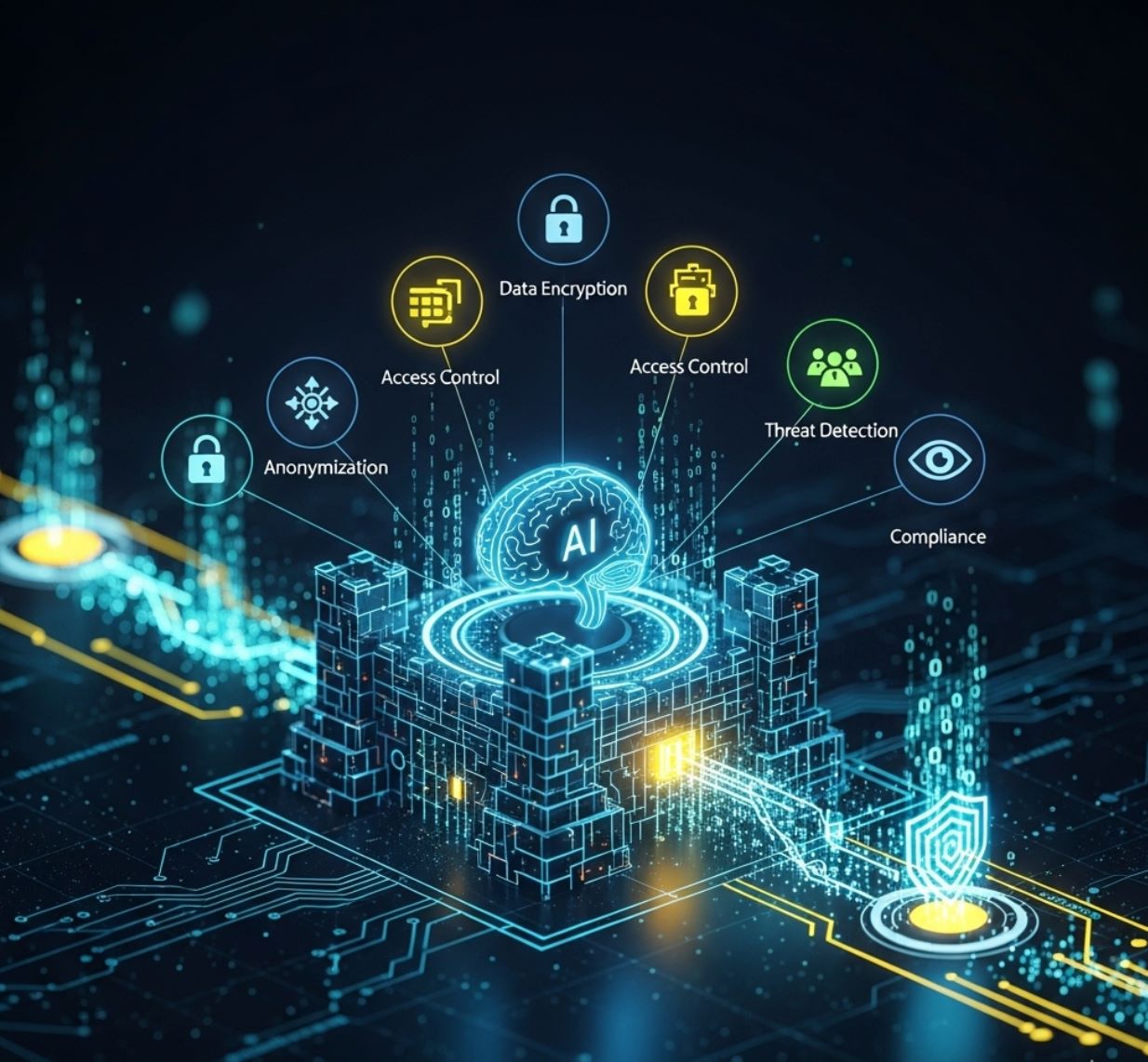
Global Efforts and Regulatory Responses
Governments and international bodies around the world are actively addressing AI-related data security issues to establish trust in AI technologies. We've already mentioned the EU's forthcoming AI Act, which will enforce requirements on transparency, risk management, and cybersecurity for high-risk AI systems. Europe is also exploring updates to liability laws to hold AI providers accountable for security failures.
United States Framework
In the United States, the National Institute of Standards and Technology (NIST) has created an AI Risk Management Framework to guide organizations in evaluating and mitigating risks of AI, including security and privacy risks. NIST's framework, released in 2023, emphasizes building trustworthy AI systems by considering issues like robustness, explainability, and safety from the design phase.
NIST AI Framework
Comprehensive guidance for risk evaluation and mitigation in AI systems.
- Robustness requirements
- Explainability standards
- Safety from design phase
Industry Commitments
Voluntary commitments with major AI companies on cybersecurity practices.
- Independent expert testing
- Red team evaluations
- Safety technique investments
The U.S. government has also worked with major AI companies on voluntary commitments to cybersecurity – for example, ensuring models are tested by independent experts (red teams) for vulnerabilities before release, and investing in techniques to make AI outputs safer.
Global Collaboration
International cooperation is notably strong in AI security. A landmark collaboration occurred in 2023 when the UK's NCSC, CISA, the FBI, and agencies from 20+ countries released joint guidelines for secure AI development.
UNESCO Standards
OECD & G7
Such joint efforts signal a recognition that AI threats do not respect borders, and a vulnerability in one country's widely used AI system could have cascading effects globally.
Private Sector Initiatives
In the private sector, there's a growing ecosystem focused on AI security. Industry coalitions are sharing research on adversarial machine learning, and conferences now regularly include tracks on "AI Red Teaming" and ML security.
- Industry coalitions sharing adversarial ML research
- AI Red Teaming and ML security conferences
- Tools and frameworks for vulnerability testing
- ISO working on AI security standards
Tools and frameworks are emerging to help test AI models for vulnerabilities before deployment. Even standards bodies are involved – the ISO is reportedly working on AI security standards that could complement existing cybersecurity standards.
In sectors like healthcare and finance, demonstrating that your AI is secure and compliant can be a competitive advantage.
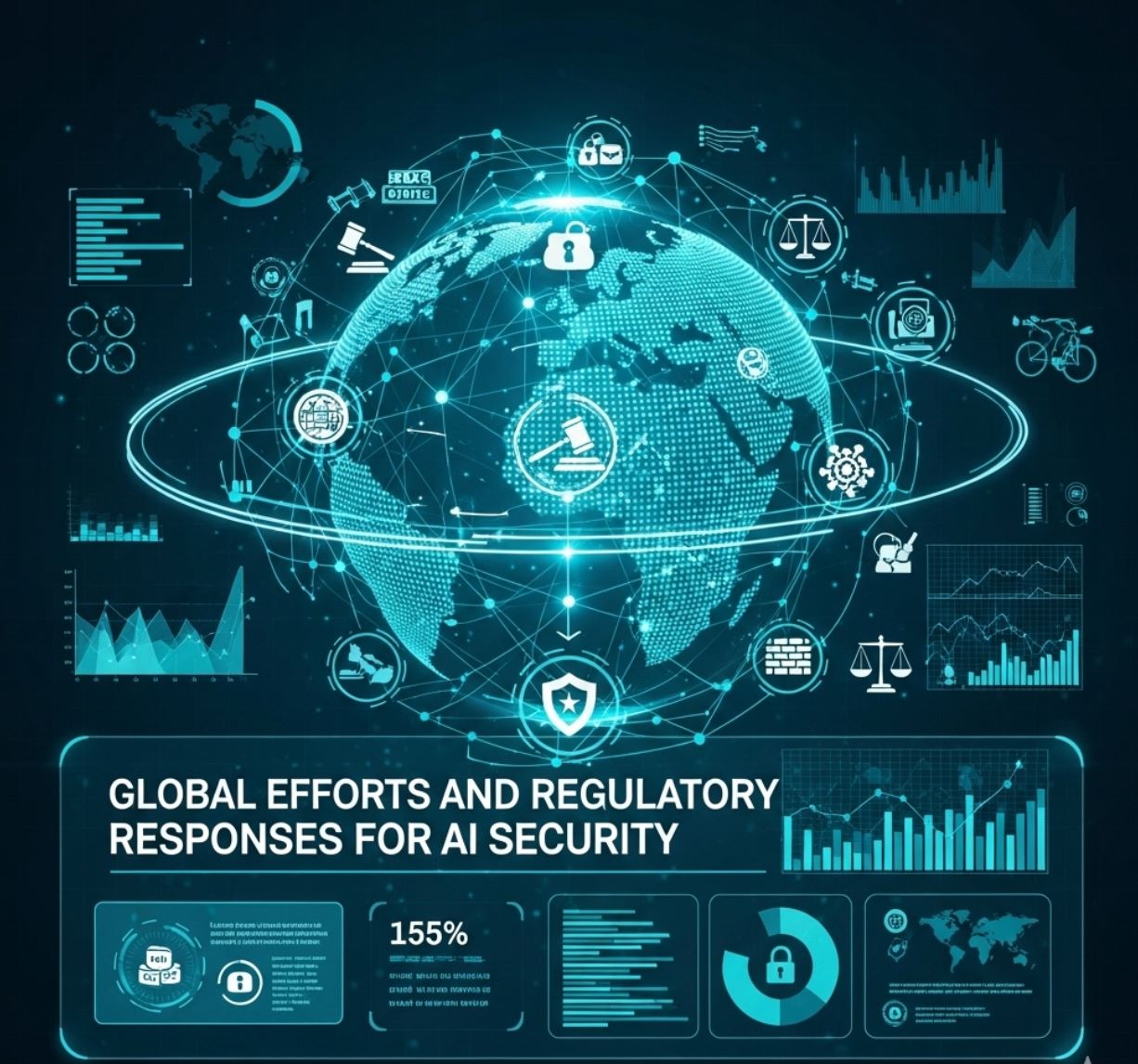
Conclusion: Building a Secure AI Future
AI's transformative potential comes with equally significant data security challenges. Ensuring the security and integrity of data in AI systems is not optional – it is foundational to the success and acceptance of AI solutions. From safeguarding personal data privacy to protecting AI models from tampering and adversarial exploits, a comprehensive security-minded approach is required.
Technology
Large datasets must be handled responsibly under privacy laws with robust technical safeguards.
Policy
AI models need protection against novel attack techniques through comprehensive regulatory frameworks.
Human Factors
Users and developers must stay vigilant in an era of AI-driven cyber threats.
Meanwhile, cutting-edge research continues to improve AI's resilience – from algorithms that resist adversarial examples to new privacy-preserving AI methods (like federated learning and differential privacy) that allow useful insights without exposing raw data. By implementing best practices – robust encryption, data validation, continuous monitoring, and more – organizations can substantially lower the risks.
Risks
- Data breaches and privacy violations
- Malicious manipulations
- Eroded public trust
- Real harm to individuals and organizations
Benefits
- Confident deployment of AI innovations
- Protected data and privacy
- Enhanced public trust
- Safe, responsible AI benefits
Ultimately, AI should be developed and deployed with a "security-first" mindset. As experts have noted, cyber security is a prerequisite for AI's benefits to be fully realized. When AI systems are secure, we can reap their efficiencies and innovations with confidence.
But if we ignore the warnings, data breaches, malicious manipulations, and privacy violations could erode public trust and cause real harm. In this rapidly evolving field, staying proactive and updated is key. AI and data security are two sides of the same coin – and only by addressing them hand-in-hand can we unlock AI's promise in a safe, responsible manner for everyone.




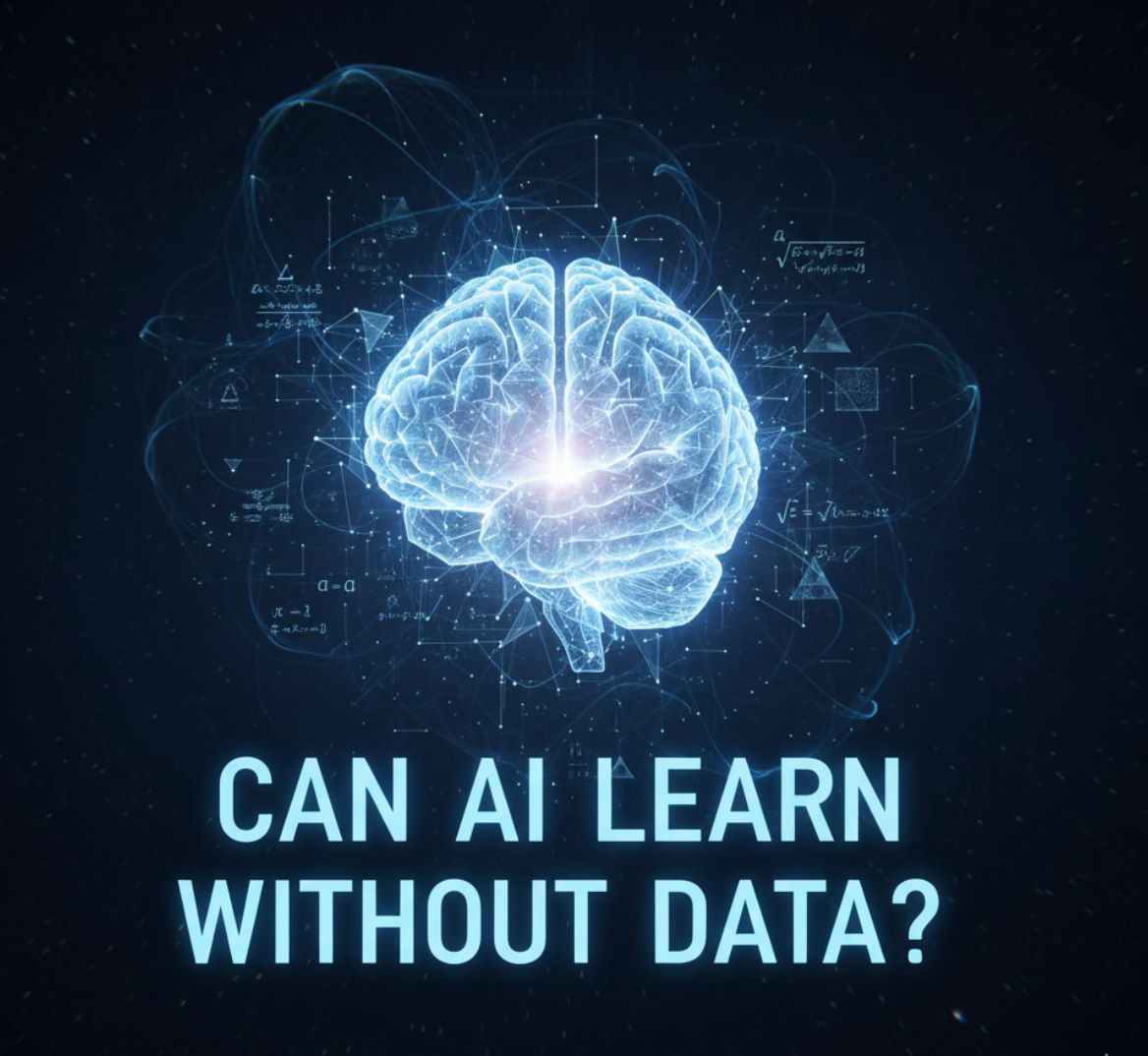

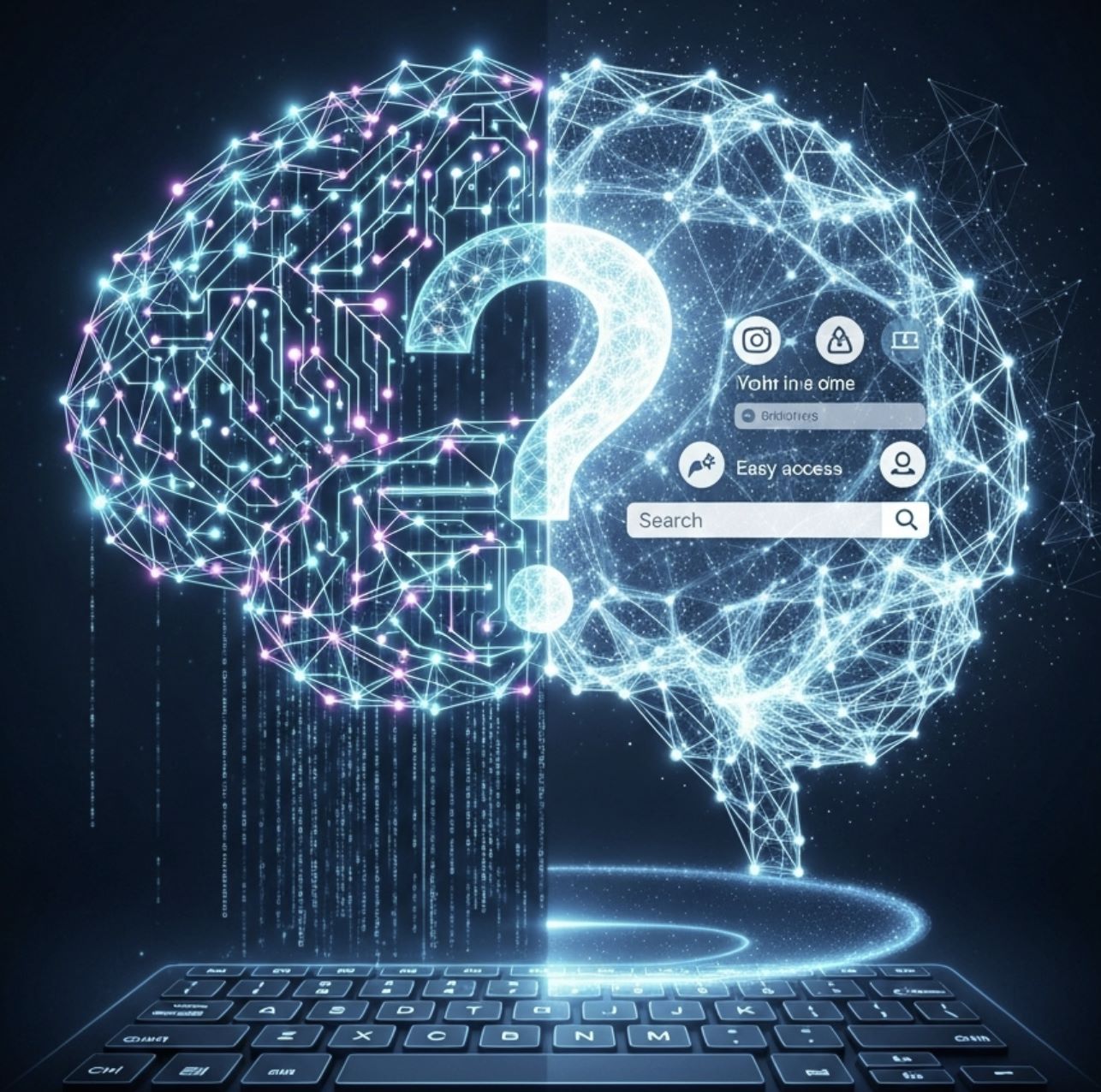
Comments 0
Leave a Comment
No comments yet. Be the first to comment!